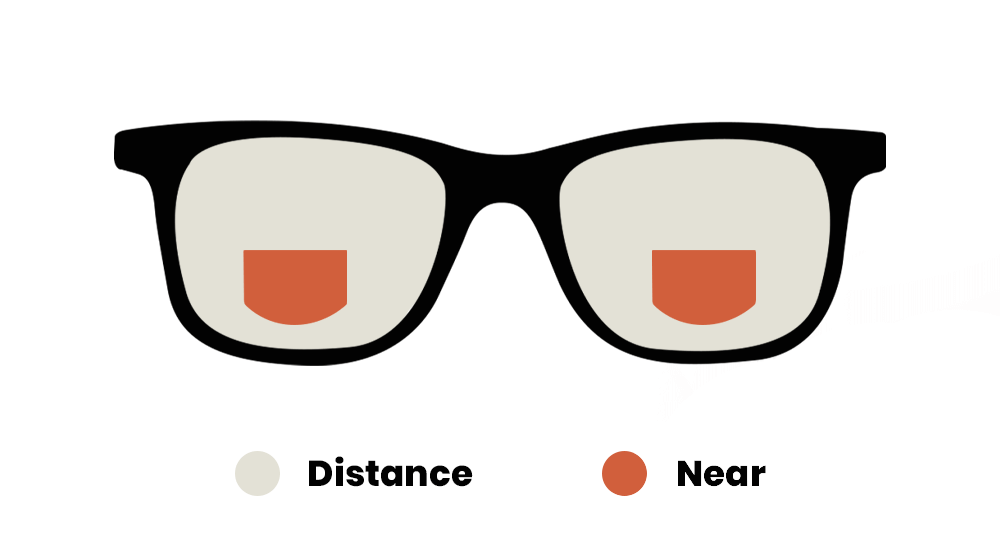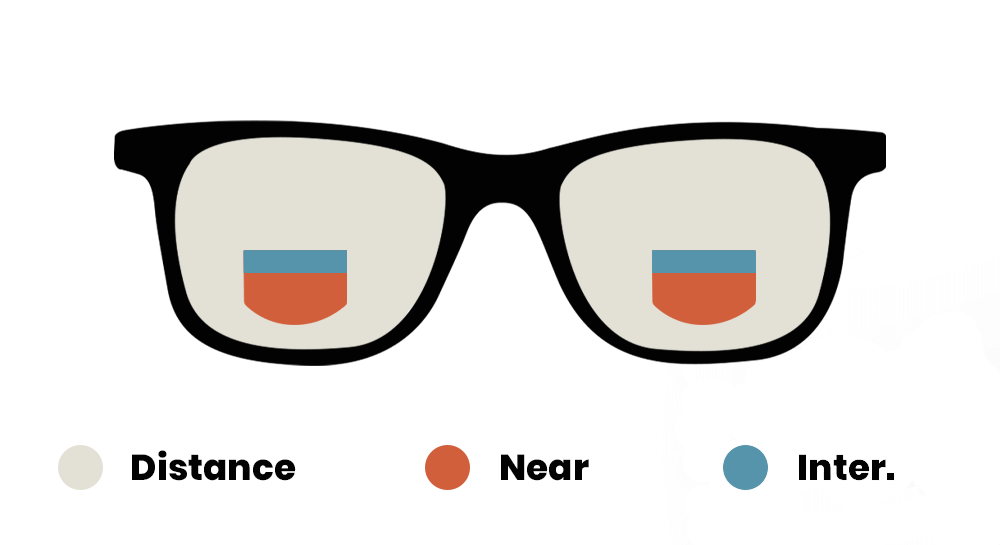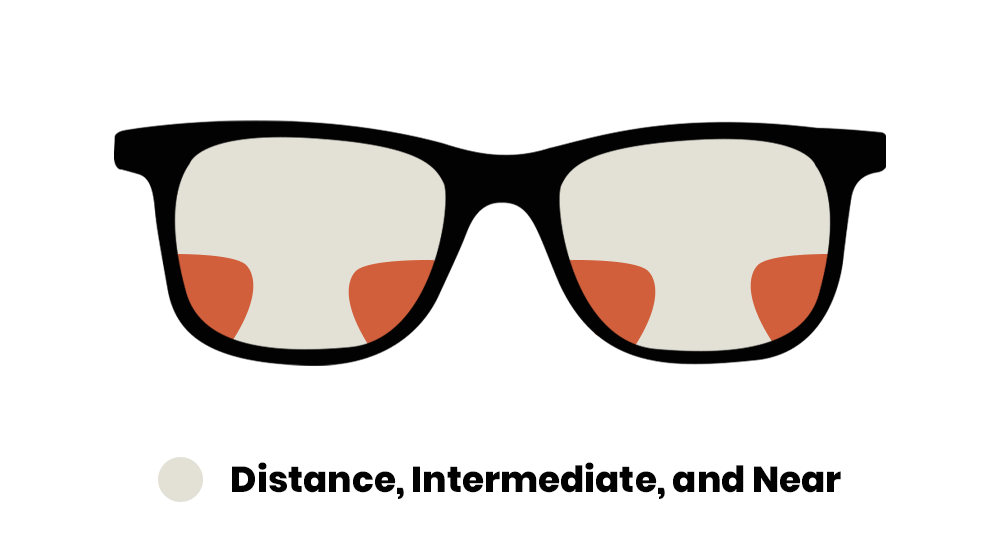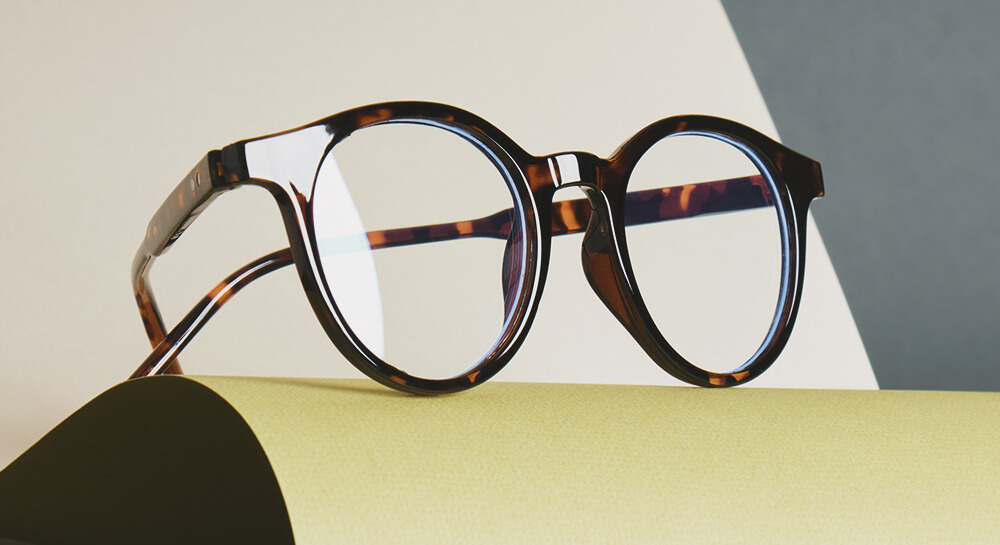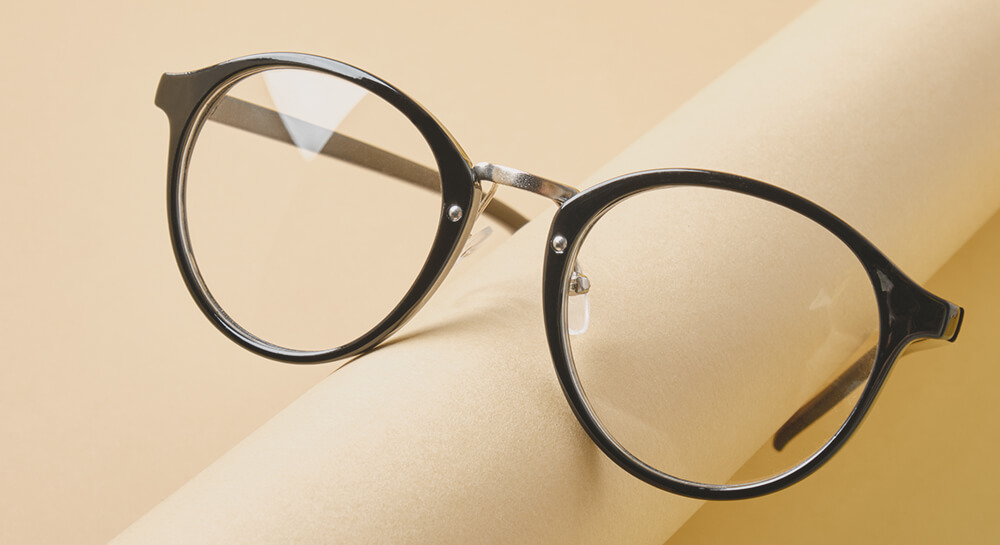Choosing the right eyeglasses can significantly impact your vision and overall quality of life. Two popular options are single vision and progressive lenses, each serving distinct needs and preferences. In this blog, we’ll delve into the differences, benefits, and considerations for each type of lens to help you make an informed decision.
What Are Single Vision Lenses?
Single vision lenses have a uniform prescription across the entire lens, designed to correct vision at one specific distance. They are commonly used for:
- Nearsightedness (Myopia): Difficulty seeing objects at a distance.
- Farsightedness (Hyperopia): Difficulty focusing on close objects.
- Astigmatism: Blurred vision due to an irregularly shaped cornea.
Benefits of Single Vision Lenses:
- Simplicity: Easy to adapt to, especially for first-time eyeglass wearers.
- Cost-Effective: Generally less expensive than multifocal lenses.
- Consistency: Provides clear vision at one set distance, eliminating the need for eye adjustments.
What Are Progressive Lenses?
Progressive lenses, also known as multifocal lenses, offer a gradual transition between multiple prescription strengths, accommodating near, intermediate, and distance vision. They are particularly beneficial for individuals with presbyopia, a condition that typically arises after age 40, where the eye’s lens loses flexibility, making it hard to focus on close objects.
Benefits of Progressive Lenses:
- Versatility: Corrects vision at all distances without the need for multiple pairs of glasses.
- Aesthetic Appeal: No visible lines on the lenses, unlike bifocals or trifocals, providing a more youthful appearance.
- Convenience: Ideal for people who engage in activities requiring vision at various distances, such as reading, using a computer, and driving.
Key Differences
Adaptation Period
- Single Vision: Generally easy to get used to as they provide a consistent visual experience.
- Progressive: May require an adaptation period. Some people initially experience slight dizziness or distortion as they adjust to the different focal points within the lens.
Cost
- Single Vision: Typically more affordable due to their simpler design.
- Progressive: More expensive because of the advanced technology and multiple prescription strengths.
Visual Range
- Single Vision: Offers clear vision at one specified distance.
- Progressive: Provides a seamless transition between near, intermediate, and distance vision.
Choosing the Right Lens for You
Deciding between single vision and progressive lenses depends on your specific vision needs and lifestyle. Here are some factors to consider:
- Visual Needs: If you have trouble seeing at only one distance (near or far), single vision lenses may suffice. If you need correction for multiple distances, progressives are likely the better choice.
- Lifestyle: Consider your daily activities. Do you often switch between tasks that require different focal lengths? Progressive lenses offer the flexibility you might need.
- Budget: Progressive lenses are more expensive, but they also provide more comprehensive vision correction. Weigh the cost against the benefits to determine what’s best for you.
Both single vision and progressive lenses have distinct advantages. Single vision lenses are ideal for straightforward visual correction at one distance, while progressive lenses offer multifocal correction in one convenient pair of glasses. Understanding your vision requirements and lifestyle will help you choose the lenses that best enhance your visual experience. For personalized advice, consult with your optometrist to find the perfect fit for your needs.











